Is it really so bad to exercise in smoky air?
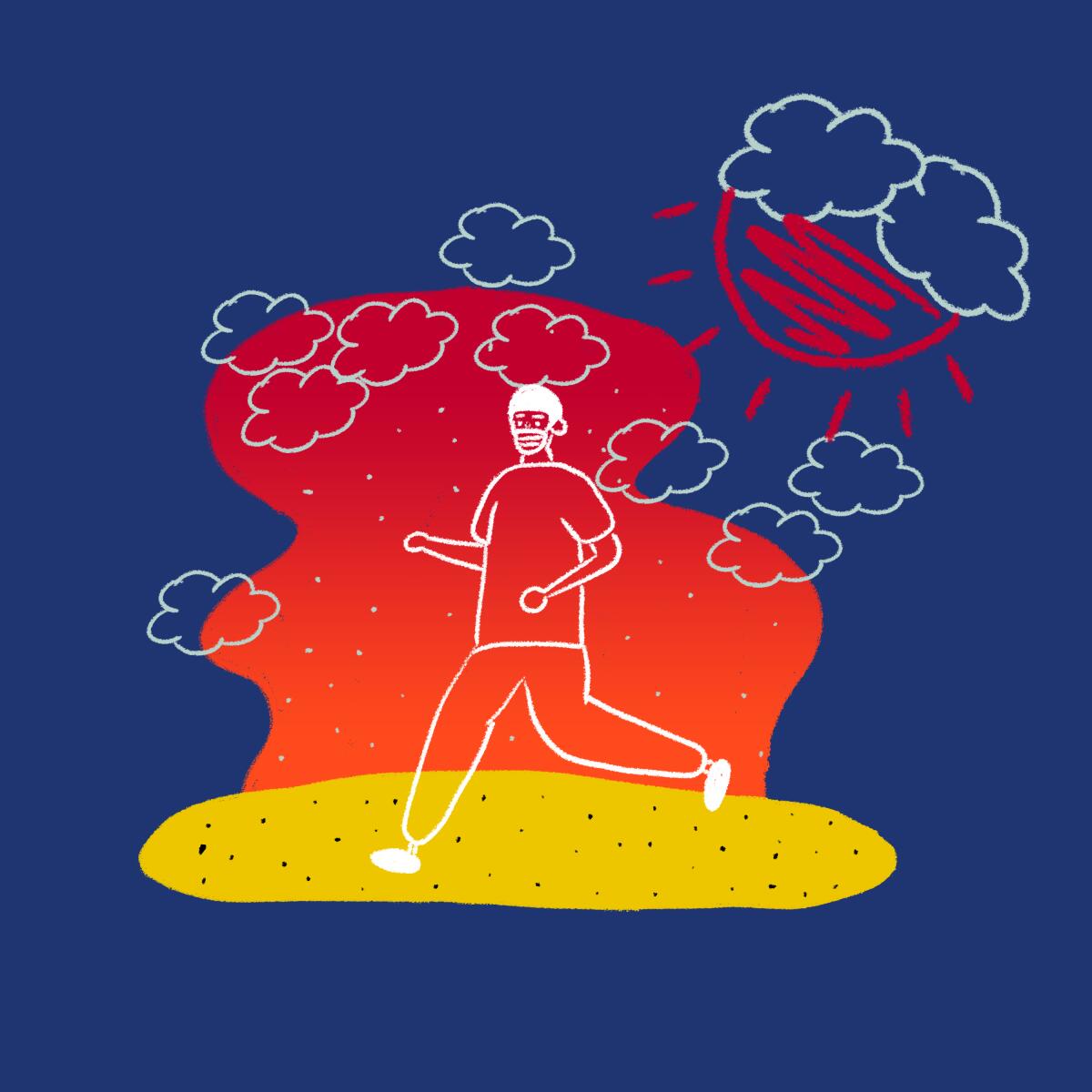
- Share via
By Mary Forgione
Design and illustrations by Micah Fluellen
Sign up here to get The Wild sent weekly to your inbox.
Hello readers of The Wild! I spent the smoke-filled weekend watching colors on air-quality maps bounce from red (unhealthy) to orange (unhealthy for people sensitive to air pollution) and back to red again. The fires close to home and far away are to blame for smoky skies, but what do they mean for air-quality maps? Is it safe to exercise in bad air?
The AQMD map and mobile app tracks districts in the L.A. Basin for ozone, carbon monoxide, nitrogen dioxide, particulate matter and fine particulate matter in the air. The higher the Air Quality Index number, the worse the air pollution. On maps, green indicates clean air and red to purple unhealthy and hazardous conditions.
To take a deeper dive, go to airnow.gov and PurpleAir (on websites and free apps). Click on “monitors near me,” and you’ll see confetti-like dots on a map that represent two types of sensors: the more sophisticated regulatory monitoring sites as well as low-cost personal monitors people have in their backyards.
When you look at the data related to the dots, you can piece together a picture of the air quality in your neigborhood. Don’t rely on just one; look at several to see the source of the pollution and the levels they reflect. These apps provide air quality data for anywhere in the country.
Most of us who are home because of the pandemic have found refuge in running, cycling, hiking and walking in our neighborhoods. What happens if you exercise when air quality is poor? In the short term, you might have a headache, irritated throat or cough that lasts a few days, said Edward Avol, dedicated runner and head of the department of preventive medicine at USC’s Keck School of Medicine.
The long-term effects are more difficult to discern. “That’s the insidious nature of this,” Avol said. It is like trying to predict how someone who smokes a cigarette will be affected 20 years from now. Still, we do know that if fine particulates get into the lungs or bloodstream, they could create “an opportunity for damage of a longer-lasting nature,” Avol said, such as asthma, lung disease, cardiovascular disease and other chronic illnesses. It can affect the ability of younger children to learn and can contribute to dementia and Alzheimer’s disease.
Bottom line: If there’s a smoke advisory (or you can smell smoke or see ash), you should stay inside with the windows closed and skip the hard workout outdoors. On other days, check the air-quality maps for pollution in your area to help you make a decision. Avol has more detailed information about the effects of exercising in L.A. right now here, and the American Lung Assn. offers these tips on how best to protect yourself from wildfire smoke.
3 things to do this week
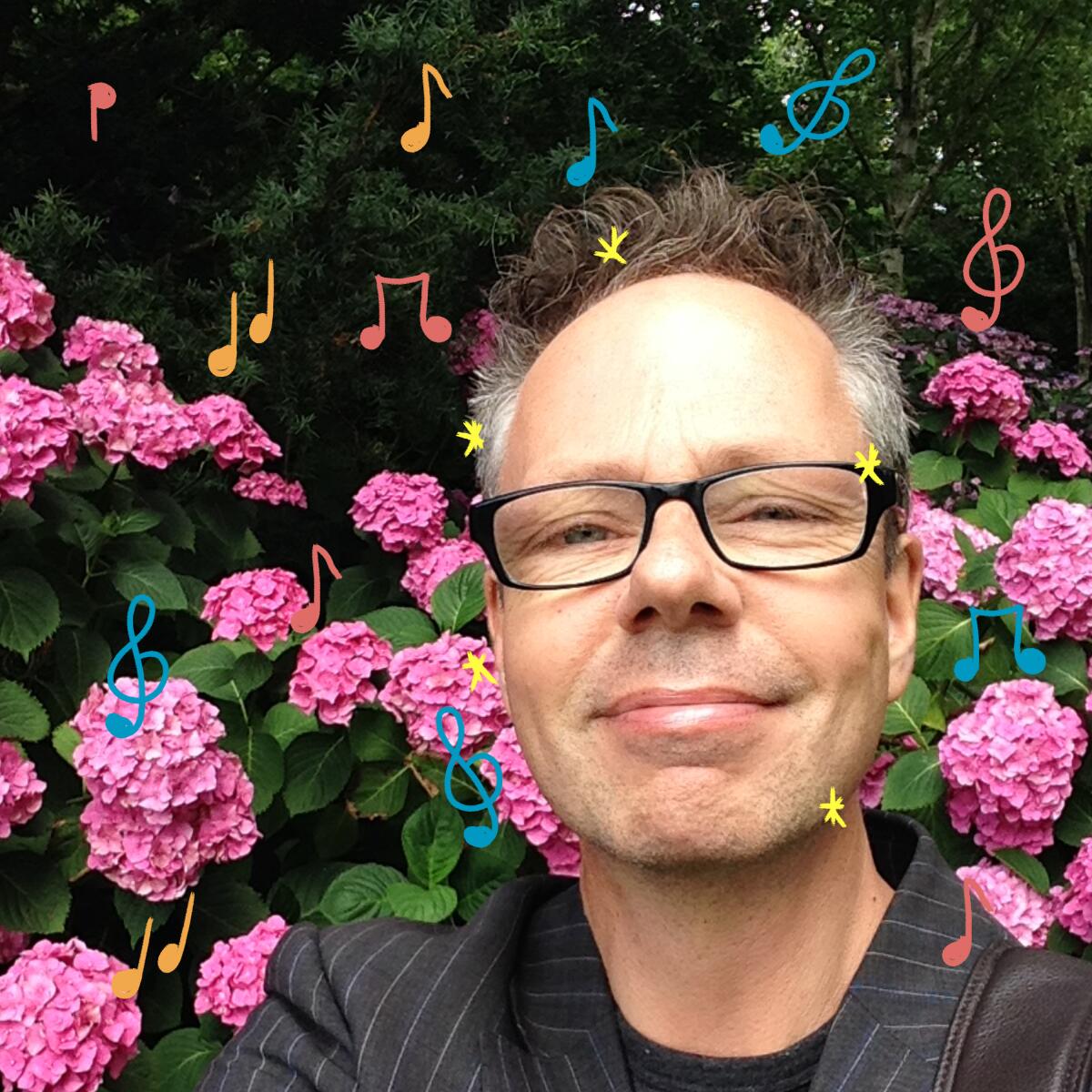
1. Hear a forest chorus custom-made for coast live oak trees at Descanso Gardens. Never mind who speaks for the trees, who listens to them? Pete Wyer does. Four decades ago, the self-taught British composer started on his musical path a world away in Gloucester, England, when he took a walk up Cleve Hill before dawn and was struck by the birdsong that surrounded him. He wanted to score what he heard. Two years ago, he started on a different path — this one around the coast live oak trees and camellias at Descanso Gardens in La Cañada Flintridge.
From listening to the sounds of the garden, he created “The Sky Beneath Our Feet” (which you can sample here), a mix of nine choirs (eight voices each) and instrumental music played on 72 speakers that you experience as you walk.
You’ll hear different things, depending on where you stand, particularly when music is overlaid with sounds such as birds chattering or the wind blowing. Wyer started this project long before there was a coronavirus pandemic, but feels the immersive experience he created is more relevant now when people are looking for solace and healing.
“Some very scary things have happened, but actually there’s still there’s this incredible, beautiful natural world that we are a part of, that we can enjoy,” he said in a video about his work. “The Sky Beneath Our Feet” plays at 10 a.m., noon and 2, 4 and 6 p.m. daily through Sept. 30, and is included in the admission price.
Descanso is operating at limited capacity because of the pandemic; timed tickets must be purchased ahead ($15 for adults, $5 for children 5 to 12 years old). Buy tickets here.
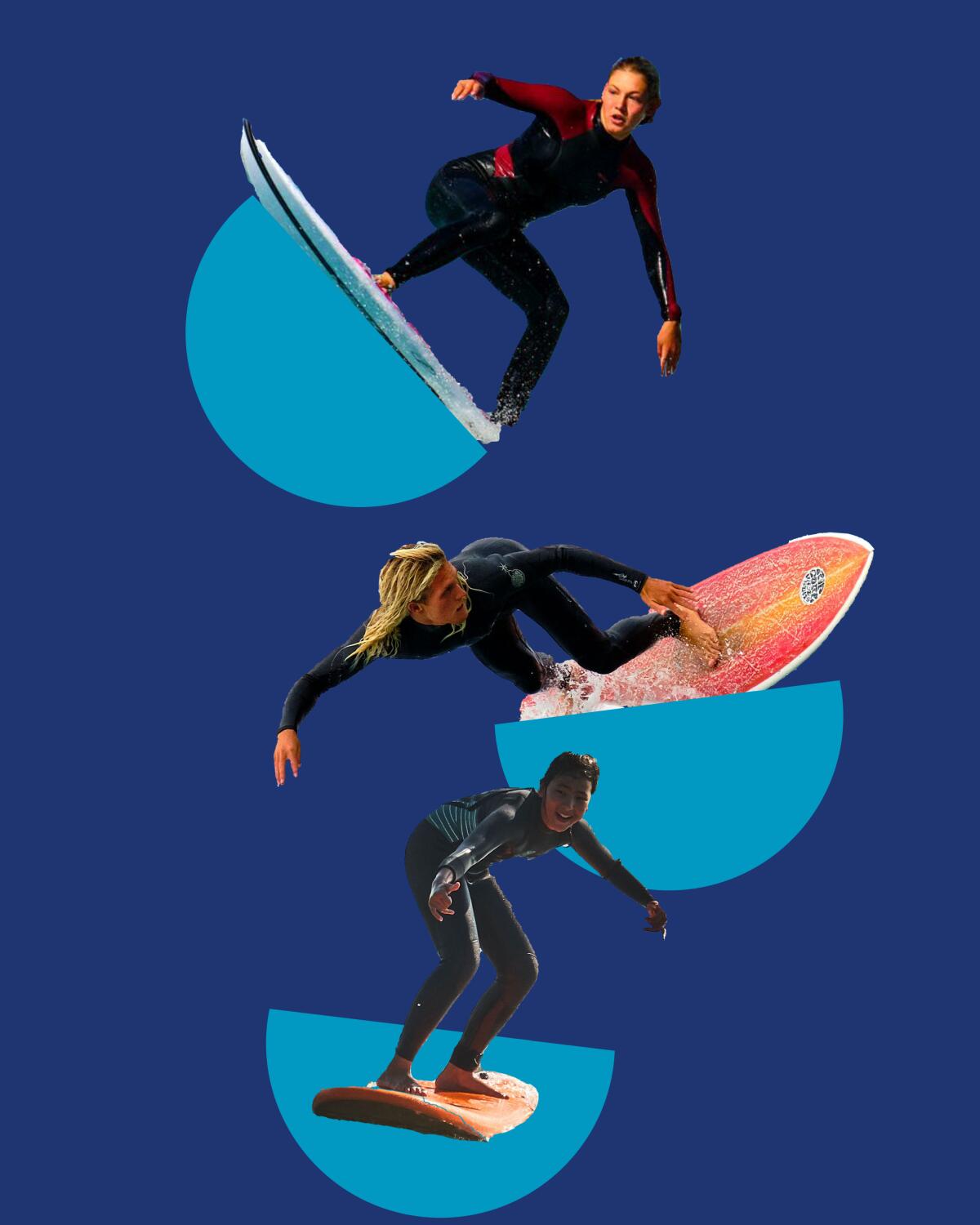
2. Catch a wave on California’s official Surfing Day. Two years ago the state set aside Sept. 20 to celebrate the ocean sport that’s so much a part of the Golden State. How to mark the day? You could spend Sunday in Dana Point on the waves at Salt Creek Beach and then swing by Hobie Surf Shop, which opened at a nearby location in 1954. The Surfing Heritage & Culture Center in San Clemente is closed because of COVID, but reflect on the epic Bruce Brown film “Endless Summer” with this video that recounts his genius. It was part of an exhibit a few years ago.
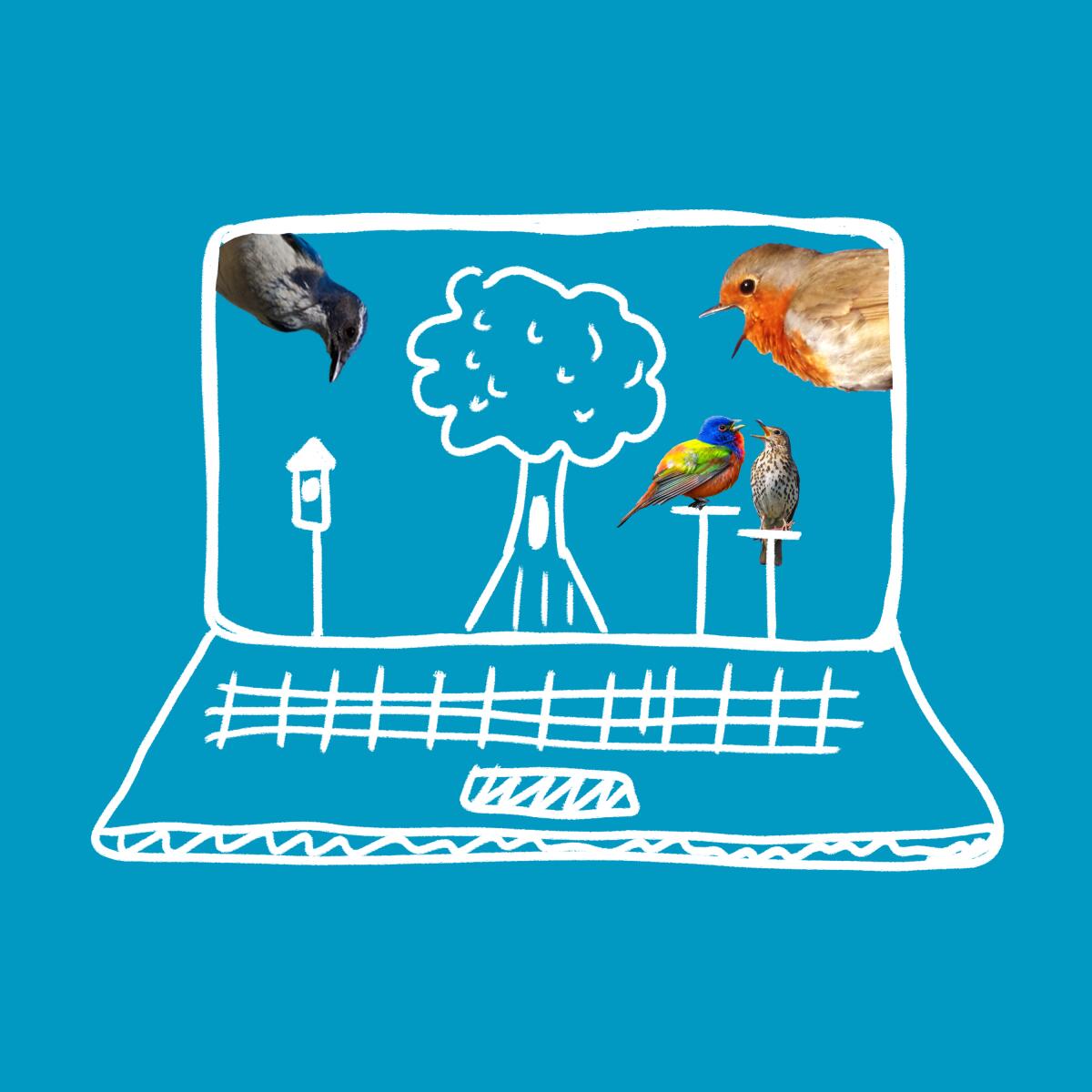
3. Go on a virtual bird walk with L.A.’s top ornithologist. Many wild places around L.A. are shut because of extreme fire danger, so I turned to my computer for an escape. My favorite was this bird walk in the northwest corner of the Angeles National Forest (currently closed) with Kimball Garrett, head of ornithological collections at the Museum of Natural History of L.A. County. He invites us to “look with our ears” to identify the songs of warblers, towhees, gnat catchers and more on his walk in the Juniper Hills and Big Rock Creek. It’s a great way to hone your birding skills and take a ramble in nature that’s out of reach for us right now. Watch the entire bird walk here.
Cool gear
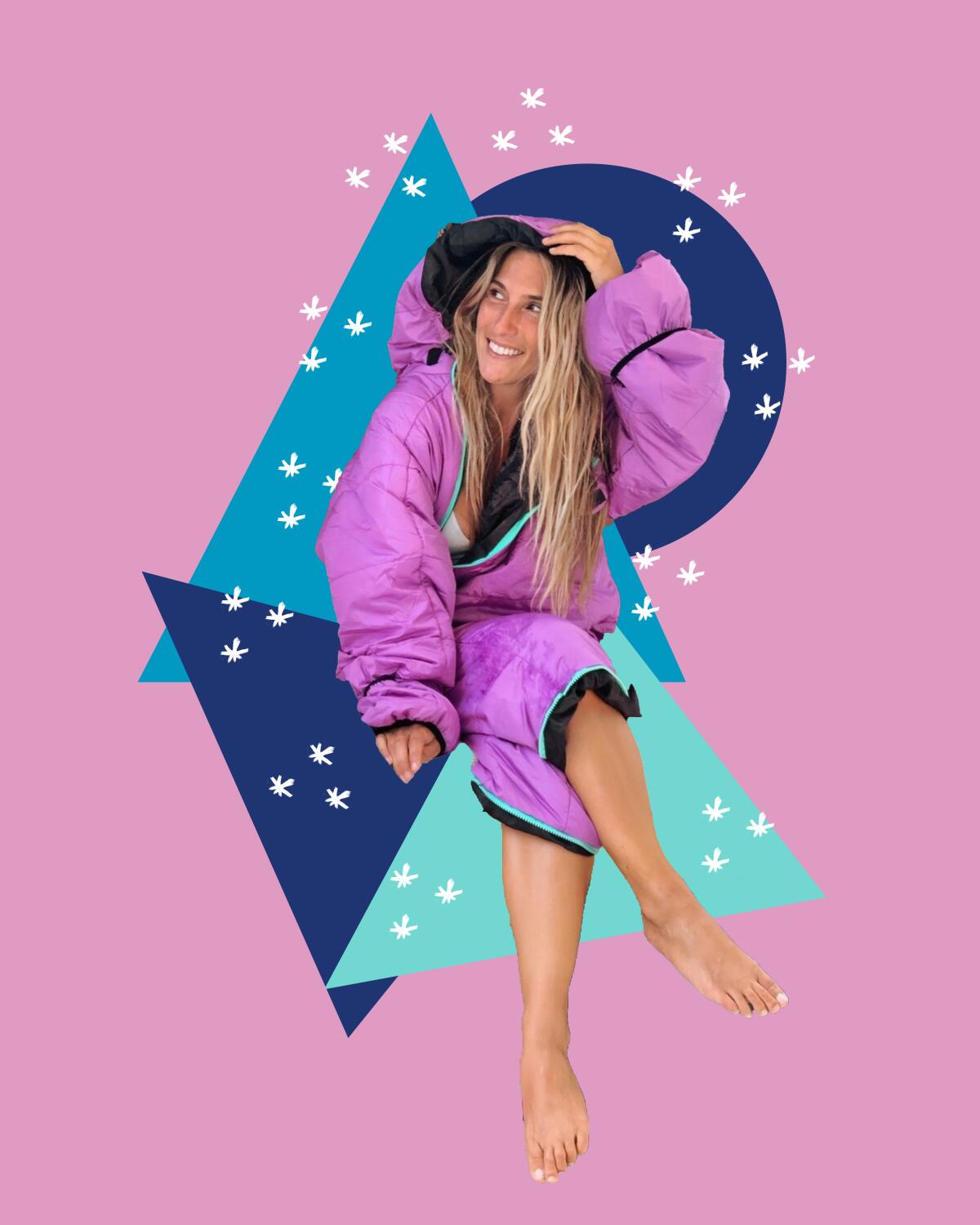
Hate crawling out of your sleeping bag on a cold morning? Now you don’t have to. Cristobal Murillo is co-creator of Selk’bag, a company that makes wearable sleeping bags. No joke. It looks like a big, puffy onesie, or a Snuggie on steroids (his words).
Murillo loved to camp but didn’t like the confinement of a mummy bag or even a rectangular sleeping bag; he wanted to be more comfortable when he was outdoors. “That’s why we came up with the idea of an insulated sleeping bag but in a human shape,” he said.
The company started in Chile in 2009 and came to San Diego four years later. It now offers wearable synthetic bags at different temperature ratings that work for the van-life crowd, the camping crowd and anyone who wants to stay warm at home. Bags cost $99.99-$199.99. You’ll find them at select REI stores and at Selk’bag’s website.
Social moment

You’ve all seen those Little Free Libraries in front of people’s homes as you walk through your neighborhood. Luke and Jessica Cheney have kicked them up a notch. They stock their “trading post” with jigsaw puzzles. Jessica, who turned to puzzles as a stress-reliever from her job as an event planner, used to donate them to Goodwill but decided it would be better to “get them into the hands of our neighbors.” The first Puzzle Palace was created from a re-imagined Barbie Grand Hotel and installed in January in La Crescenta.
After the pandemic hit, puzzles were in short supply. That’s when hundreds of people (they keep a guest book) came to the “palace” to grab one. The couple opened a second post, Jigsaw Jungle, near their home in Culver City, which they refilled three times each day in the first five days. They’re looking for a good steward to place a third one in front of their house.
The ultimate plan? World domination, piece by piece, Jessica said. Indeed, a woman in Indiana was inspired by their efforts to open her own puzzle post. Check out @ThePuzzleRepublic on Instagram for locations, and read the full puzzle story here.
Insider tip

Back to the fires. Did that ash in the air ruin your garden? Probably not. Some types of ash are good for the soil. My colleague Jeanette Marantos sorts out which types of fire ash can help your plants. As for the light dusting that has appeared around Southern California, it’s OK to rinse plants with a hose. Read the full story here.
Send us your thoughts
Share anything that’s on your mind. The Wild is written for you and delivered to your inbox for free. Drop us a line at TheWild@latimes.com.
Click here to view the web version of this newsletter and share with others. I’m Mary Forgione and I write The Wild. I’ve been exploring trails and open spaces in Southern California for four decades.

Sign up for The Wild
We’ll help you find the best places to hike, bike and run, as well as the perfect silent spots for meditation and yoga.
You may occasionally receive promotional content from the Los Angeles Times.




